19.1% of American adults have a diagnosable anxiety disorder, making anxiety the most common mental health struggle in the United States.
Social anxiety, or the fear of being rejected or humiliated in social settings, affects 7.1% of the adult population each year.
You may be wondering whether some adults are more prone to social anxiety. Do gender or age factor into who gets social anxiety?
What gender is most affected by social anxiety?
On the whole, cisgender women are more affected by anxiety disorders than cisgender men, including social anxiety disorder.
According to an NIMH study from 2001-2003, 8% of adult cis women vs 6.1% of adult cis men had social anxiety during the year prior.
The difference in prevalence along gender lines is even higher in cis adolescent populations. In the same NIMH study, 11.2% of cis female teens experienced social anxiety in the past year as compared to 7% of cis male teens.
Research on social anxiety in transgender populations is woefully scarce. That said, one study indicates that trans individuals, particularly trans males, are at a greater risk for developing anxiety disorders than cis folx. That includes social anxiety. This is likely due to the minority stress incurred by living in a transphobic society.
What accounts for the increased prevalence of social anxiety disorder in cisgender women?
Unfortunately, science doesn't have a definitive answer for why cisgender women experience anxiety more than cis men.
It could be that women are at a higher risk for anxiety disorders thanks to one or all of the following reasons:
Sexism — restrictive gender roles, negative societal messaging, and income inequality may contribute to higher levels of social anxiety in women.
Sexual assault — while women experience fewer incidents of trauma than men, they are more likely to be the victims of sexual abuse and intimate partner violence. The nature of such trauma may cause longer-lasting negative mental health issues than other forms of trauma.
Nature — hormones and brain structure may make women more prone to fear and stress as well as more negatively impacted when lacking social support.
What age group has the most social anxiety?
The same NIMH study mentioned above found that rates of social anxiety were much higher in young adults than in middle-aged or older adults.
9.1% of adults 18-29 reported experiencing social anxiety in the previous year as opposed to only 3.1% of those 60 or older.
Of note, social anxiety disorder typically begins in childhood. Most SAD survivors have experienced symptoms by the time they reach age 13. The development of social anxiety may thus be related to the profound social and biological changes initiated by puberty.
Though research hasn’t confirmed as much, I suspect older adults may report lower levels of social anxiety due to:
Experiencing fewer biological, identity, and social changes than adolescents.
Honing coping skills during the many decades since adolescence.
Coming from generations that are less inclined to admit to mental health issues due to stigma.
A friendly reminder: you are not a statistic
Since social anxiety includes high levels of self-criticism, I would like to offer a gentle reminder — you are not a statistic.
In other words, please take these numbers to heart only if they offer you solace and validation.
Social Anxiety Disorder affects 15 million adults in the U.S. Regardless of your gender or age group, you are not alone.
Social anxiety is highly treatable regardless of your demographics. Reach out to us today to get started with social anxiety treatment.
TLDR
Cisgender women are more frequently affected by social anxiety than cisgender men.
Sexism, sexual trauma, and biology may factor into increased social anxiety disorder prevalence among women.
Due to minority stress, transgender individuals may develop mental health challenges such as social anxiety at a higher rate than cisgender people.
Young adults experience social anxiety at 3x the rate of adults 60 and older.
Social anxiety disorder is highly treatable regardless of your gender(s) and age.
References
Anxiety Disorders: Facts & Statistics, Anxiety and Depression Association of America
Social Anxiety Disorder, National Institute of Mental Health
Transgender and anxiety: A comparative study between transgender people and the general population, Bouman et. al.
Prevalence of anxiety symptoms and disorders in the transgender population: A systematic review of the literature, Millet, Longworth, & Arcelus



